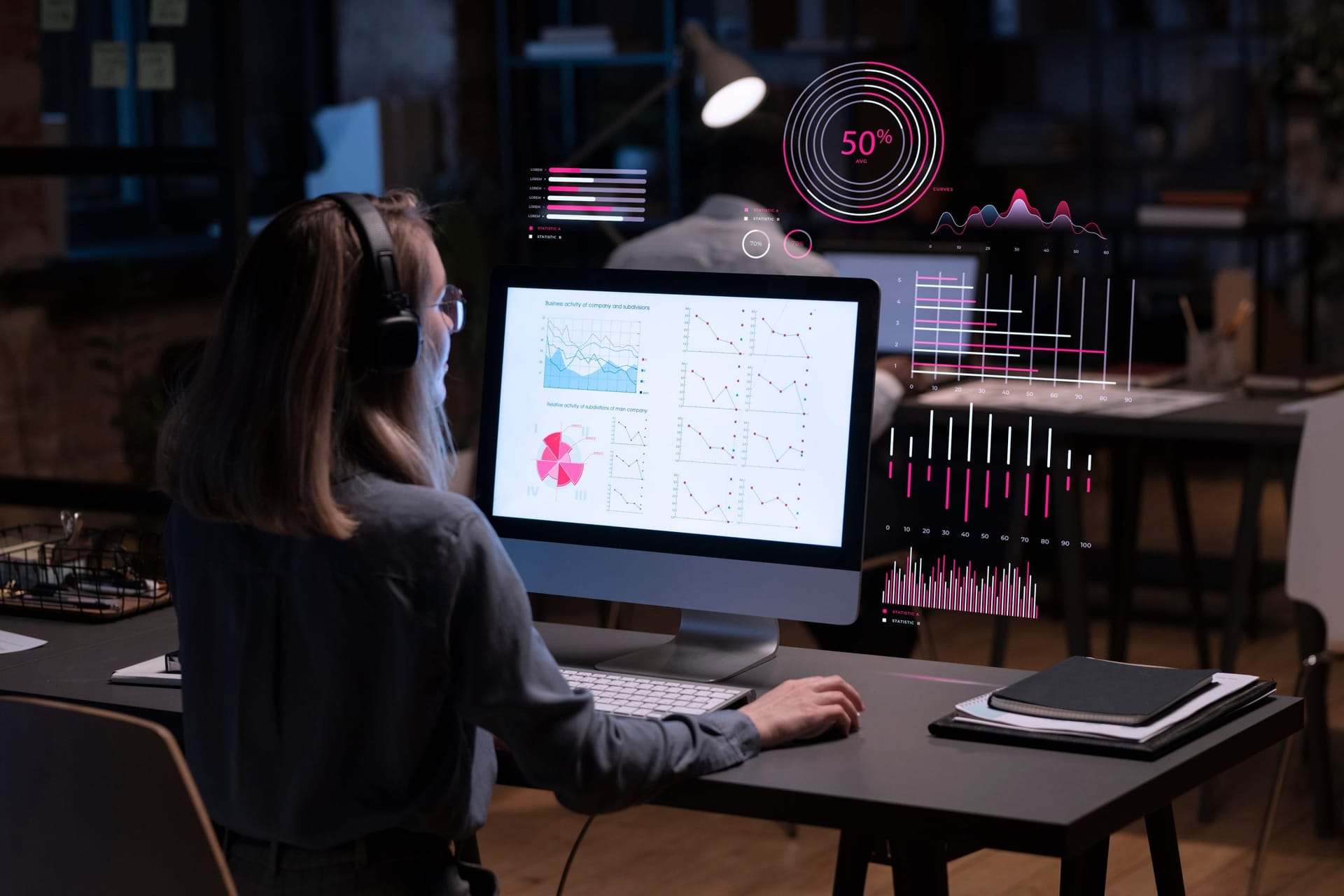Why Cloud Application Monitoring Is Critical
Cloud monitoring is a whole different animal compared to traditional setups. Back in the on-prem days, you could walk up to a physical server and check its blinking lights. Those days are history. Cloud brings shape-shifting resources, auto-scaling, and services spread across digital geography like confetti.
Picture this scenario I faced last summer: An e-commerce client’s Black Friday promotion suddenly tripled their traffic. Their AWS environment started auto-scaling like crazy, but we noticed one particular microservice wasn’t keeping up—it was hitting a weird resource limit that wasn’t obvious. Because we had proper monitoring already in place, we spotted and fixed the bottleneck before shoppers noticed anything wrong. Without those monitoring tools? Pure chaos would have erupted during their biggest sales day.
Solid monitoring brings tangible benefits you can’t ignore. Cloud systems are basically interconnected houses of cards—one wrong move and everything tumbles down. Good monitoring spots the wobbling cards before they fall. From the customer’s view, you’ll catch sluggish features and buggy transactions before angry tweets start piling up. And let’s talk money—cloud bills get expensive fast when resources sit idle or are oversized. Monitoring helps spot cost-bleeding wounds so you can patch them up. Then there’s security—unusual patterns often mean something fishy’s happening in your environment. Catching those early is priceless.



